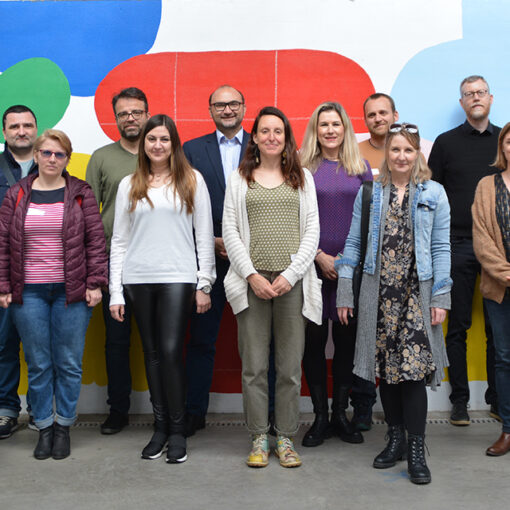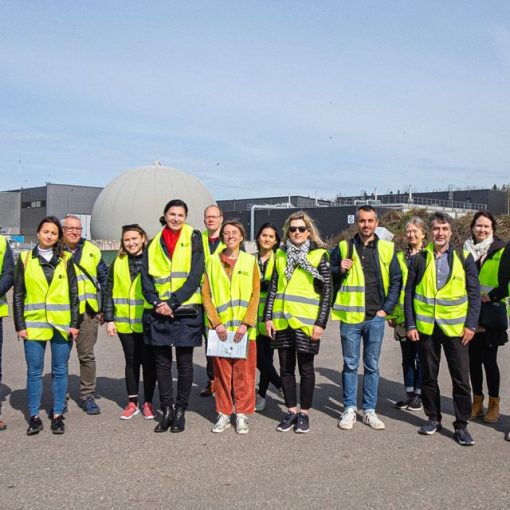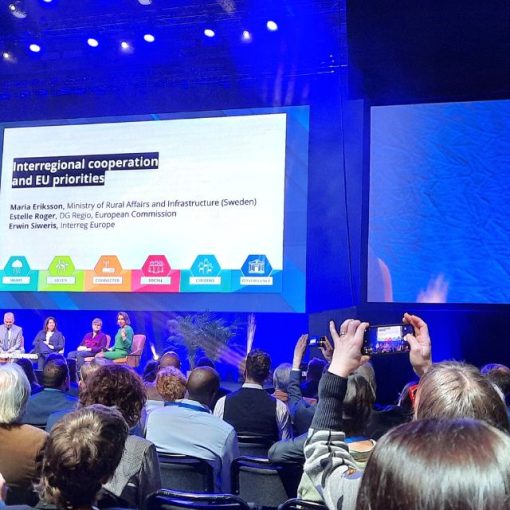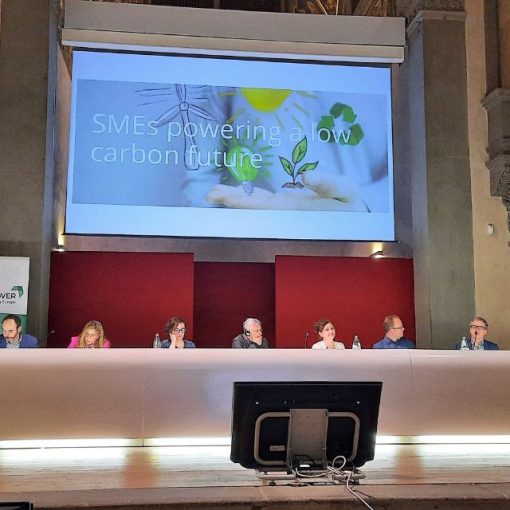Participatory budgeting (PB) has its roots in Porto Alegre, Brazil. In the last 15 years, PB has been recognized as a successful dynamic mechanism of citizen engagement for co-production and democratic governance. Through the PB instrument, community needs, and societal challenges can be better addressed. (Bartocci et al. 2022, 2-3.) Inviting citizens to suggest and vote on projects, which should be realized in their neighbourhoods is an effective way of ensuring participatory decision-making, transparent governance, and fair inclusion of all citizens.
The importance of citizen’s engagement has been addressed in the CECI – Citizen involvement in circular economy implementation -project, led by LAB University of Applied Sciences. PB was identified as one of the good practices of positive community involvement in the process of allocating municipal budgets. (Interreg Europe 2022).
Link to Citizen participation and municipal decision making in Lahti
Citizen’s Involvement in Urban Development
Under the umbrella of the 13th Annual Forum of the Strategy for the Baltic Sea Region in Lappeenranta in September 2022, a seminar on Involving citizens in urban development was organized. The seminar served for sharing findings and insights of the Nordic cities and researchers participating in the Citizens as Pilots of Smart Cities (CaPS) project.
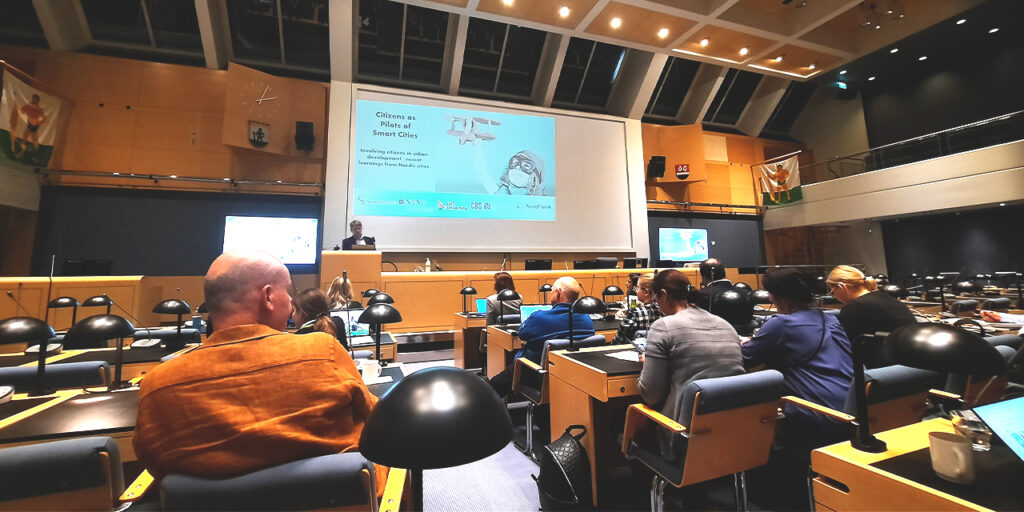
Citizens are the end-users of the services provided by cities. However, existing shortcomings in suitable processes and efficient methods and tools prevent citizens’ participation in decision-making. CaPS seeks, develops, and pilots innovative solutions for public participation in smart and sustainable urban development. (NordForsk 2022.) During the seminar, several examples of citizens’ participation processes from the Nordic cities were presented.
Citizens’ engagement is enabled by various supporting technologies. However, the digital literacy and various disabilities of the participants need to be considered. Both digital technologies and traditional (physical, paper, oral) ways of participation should be used not to leave any vulnerable groups behind. Based on the outcomes from the Alna borrow, Oslo, Norway, using the CitizenLab digital platform enabled the participation of previously not active citizens, especially in the age group of 30-40. (Humayun 2022.)
Link to CitizenLab
Gaming could be a digital public participation tool for youth and young adults. For instance, Block by Block, an initiative founded by the Minecraft computer game and the United Nations, encourages the young generation to redesign public spaces. (Humayun 2022.)
Link to Block by Block
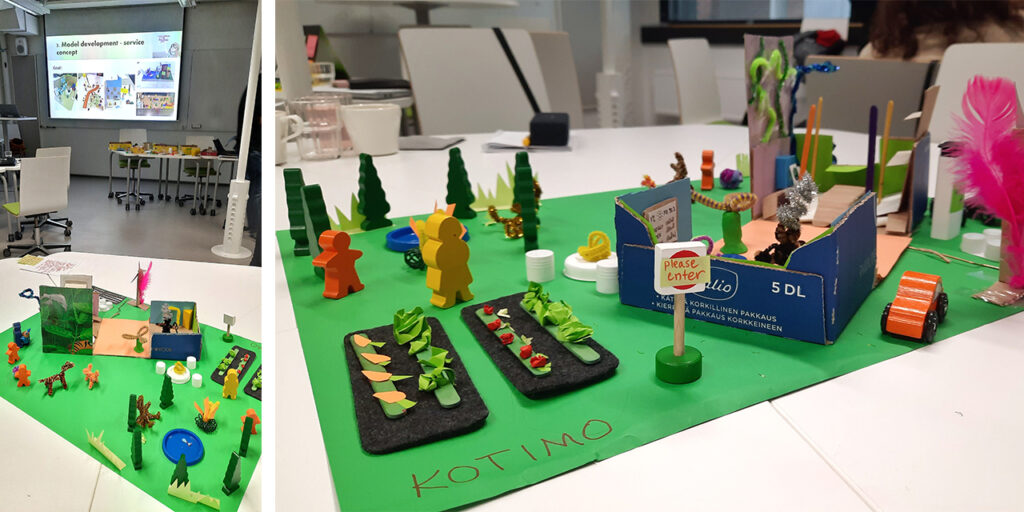
Organizing outdoor events rather than indoor meetings was recommended by the Municipality of Tuusula, Finland based on their participative forest planning pilot. A sound communication plan and the use of several channels for communication is a key. It is important to have an expert facilitator and set clear goals and guidelines for productive and respectful dialogue to overcome conflicting viewpoints, needs and expectations of various stakeholders. (Municipality of Tuusula 2022.)
On the following day, an interactive workshop on Future services of smart citizen participation was organized by CaPS. The first step was to ideate and brainstorm future user needs and consider potential aspects, e.g., population ageing, community engagement, transparency, physical vs digital world balance, housing, education, and medical care. Secondly, a model development of the selected service was performed.
Author
Katerina Medkova works as an RDI Specialist at LAB University of Applied Sciences and is CECI Communication Manager. CECI – Citizen Involvement in Circular Economy Implementation is an Interreg Europe co-funded project led by LAB University of Applied Sciences, Finland.
References
Bartocci, L., Grossi, G., Mauro, S. G., & Ebdon, C. 2022. The journey of participatory budgeting: a systematic literature review and future research directions. International Review of Administrative Sciences. Vol. 0(0), 1-18. Cited 15 Oct 2022. Available at https://doi.org/10.1177/00208523221078938
Humayun, F. 2022. A novel framework for social sustainability in Furuset, Oslo. Presentation given at the Involving citizens in urban development seminar on 29.9.2022
Interreg Europe. 2022. Project Summary. CECI. Cited 17 Oct 2022. Available at https://www.interregeurope.eu/ceci/
Municipality of Tuusula. 2022. Participative forest planning: what, how and why?. Presentation given at the Involving citizens in urban development seminar on 29.9.2022
NordForsk. 2022. Citizens as Pilots of Smart Cities. Cited 15 Oct 2022. Available at https://www.nordforsk.org/projects/citizens-pilots-smart-cities
Links
Link 1. Interreg Europe. 2021. Citizen participation and municipal decision making in Lahti. Cited 15 Oct 2022. Available at https://www.interregeurope.eu/good-practices/citizen-participation-and-municipal-decision-making-in-lahti
Link 2. CitizenLab. 2022. The community engagement platform made for local governments. Cited 15 Oct 2022. Available at https://www.citizenlab.co/
Link 3. Block By Block. 2022. About Block By Block. Cited 15 Oct 2022. Available at https://www.blockbyblock.org/about

